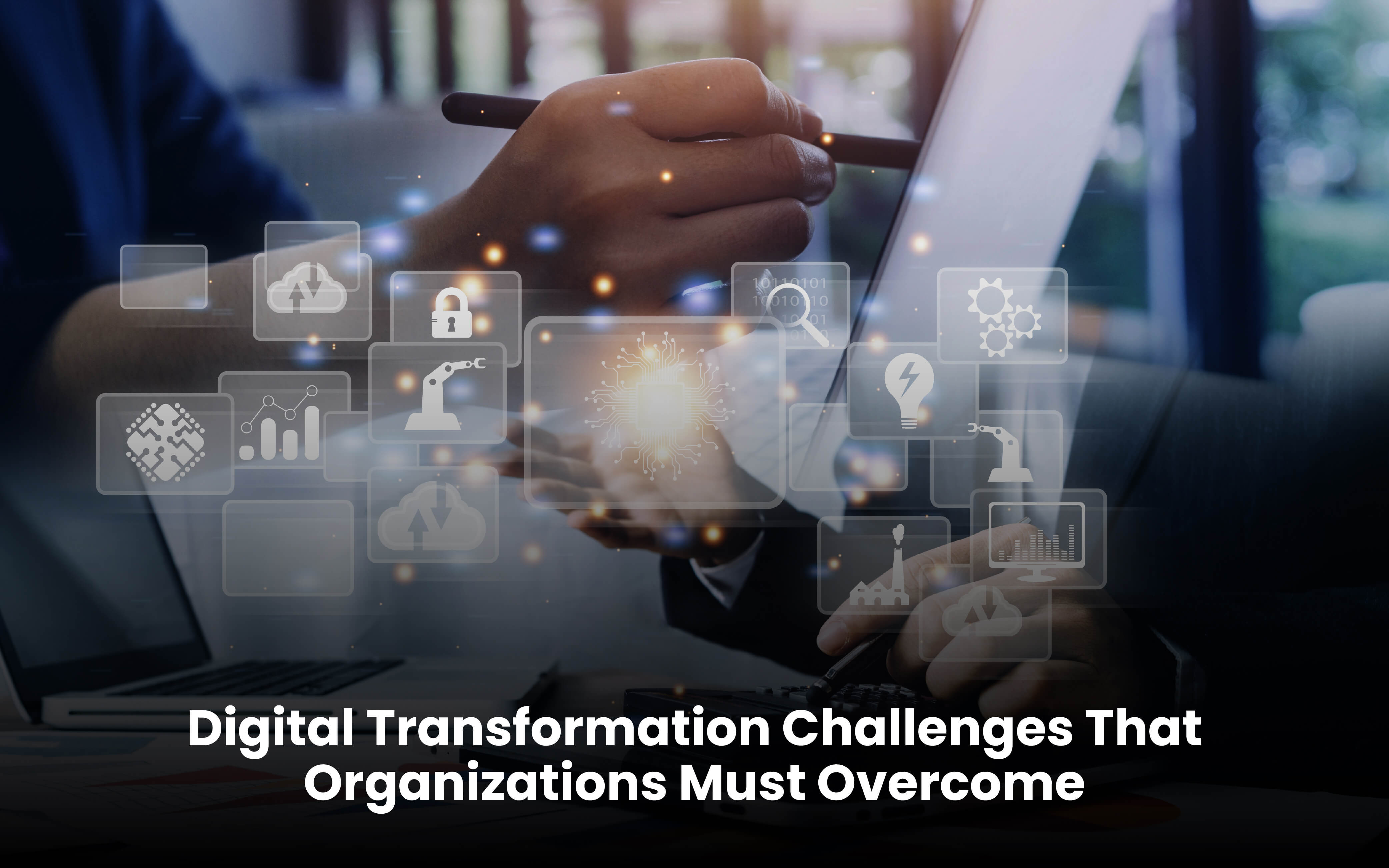Blogs
To know about all things Digitisation and Innovation read our blogs here.
Cloud Security
How to Monitor and Manage Cloud Security in your organization
SID Global Solutions
26 December 2022

Cloud security is becoming increasingly important as more businesses move their operations to the cloud. As businesses move away from traditional on-premises IT solutions and embrace cloud solutions, the need to monitor and manage cloud security has become critical.
What is Cloud Security?
Cloud security is a term that describes the collection of tools and processes used to secure data and information stored and accessed in the cloud.
It involves a wide range of security measures and technologies, from encryption to identity and access management, to ensure that data, applications, and services in the cloud remain secure and private.
Challenges of Cloud Security and how do we manage them?
The challenge of cloud security is that the cloud provider, such as Amazon Web Services (AWS), can host numerous customers’ data in the same environment. That means that your data and operations are potentially exposed to other customers in the same cloud environment.
The good news is that there are several measures that organizations can take to ensure their cloud security is managed and monitored properly.
Here are some best practices that organizations should consider in order to ensure the security of their cloud data:
- Understand the security features offered by your cloud provider: Each cloud provider offers a different set of security features, so it’s important to understand what measures are available to protect your data. AWS, for example, offers a range of security features such as encryption, access control, and identity and access management.
- Establish effective security policies and procedures: Establishing clear policies and procedures for cloud security is essential to ensure that your data remains secure. Governments, organizations, and enterprises should create security policies tailored to their cloud environment’s specific needs and requirements.
- Regularly monitor your cloud environment: Organizations should regularly monitor their cloud environment to ensure that their data is secure. This can involve monitoring for malicious activity, unauthorized access, or even data leakage.
- Perform regular security audits: Security audits help organizations identify any potential vulnerabilities in their cloud environment, as well as any areas where security measures need to be strengthened. Security audits should be performed on a regular basis to ensure that any discovered vulnerabilities are addressed in a timely manner.
- Encrypt sensitive data: All data that is stored in the cloud should be encrypted to ensure that it remains secure. This is especially important for data that is sensitive or confidential, such as financial or customer data.
- Use a cloud access control system: Cloud access control systems can help organizations protect their data by controlling who is able to access their cloud environment. Access control systems can also be used to monitor and log who has accessed the cloud environment and when.
- Deploy anti-malware solutions: Organizations should deploy anti-malware solutions to protect their cloud environment from malicious attacks. These solutions should be regularly updated to ensure that the latest threats are being identified and addressed.
By following these best practices, organizations can ensure that their cloud security is managed and monitored effectively. Doing so will ensure that organizations are able to keep their data safe and secure, while also ensuring their compliance with any regulatory requirements that may apply.









